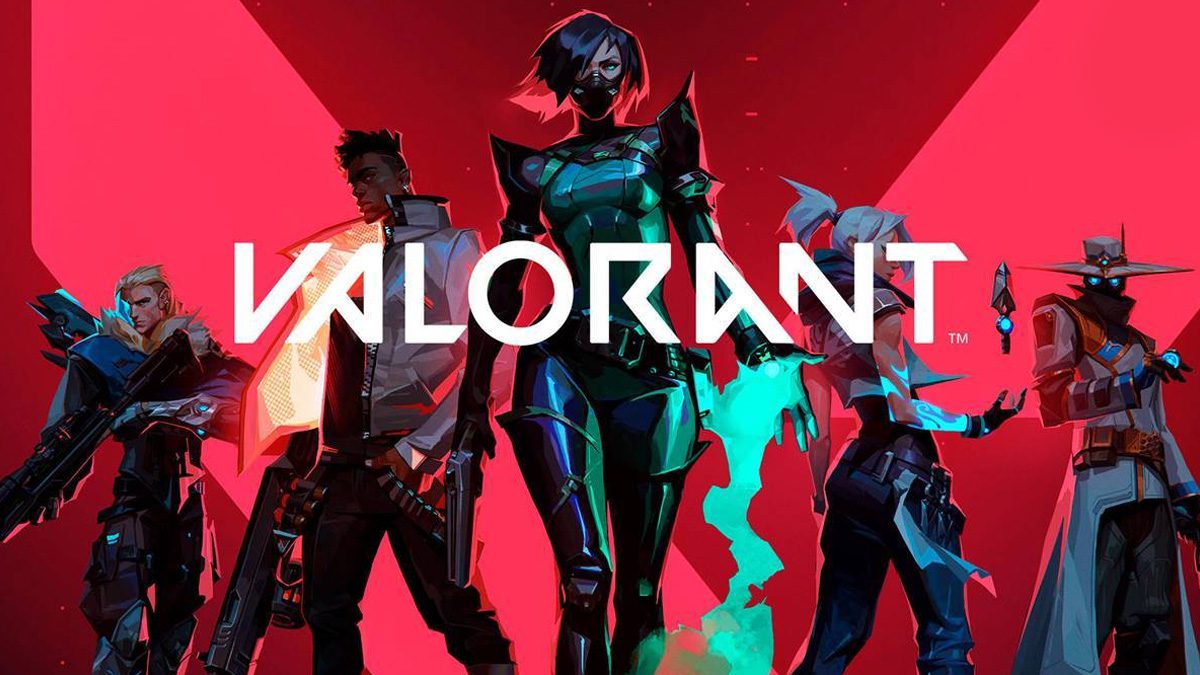
Description:
Valorant is a free-to-play multiplayer tactical first-person hero shooter developed and published by Riot Games and was officially released on 2nd June 2020. In the main game mode, players are assigned to either the attacking or defending team, with each team having five players on it. In each round, the attacking team will have to plant the ‘spike’ at designated areas on the map, while the defending team will need to stop them from planting, or to defuse the spike before the time runs out.
Link to website: https://playvalorant.com/en-sg/
Gameplay demo: https://www.youtube.com/watch?v=D0wpgyoj7uM&ab_channel=VALORANT
Elemental tetrad:
Mechanics
- Maps – Currently, there are 5 different maps in Valorant and every map has a different layout and mechanics. There might be ropes/structures for players climb on or teleporters for them to travel from one side of the map to another.
- Gunplay mechanics – There are many different guns for players to choose from and each gun has their own stats(fire rate, range, spray patterns, recoil, etc) which will affect their effectiveness against opponents in different types of combat situations. The damage of the bullets will also vary according to the part of the body hit(head/torso/legs).
- Agent abilities – The agents in Valorant are categorised under 4 classes – Duelists, Initiators, Sentinels, and Controllers. Each class has a different playstyle and each agent has their own unique abilities which can be used to support their teammates, scout their enemies or just to deal more damage etc.
Story
- Valorant is set on Earth in the near future with futuristic tech, but not much is known about the storyline as nothing was told explicitly in-game. However, the developers at Riot Games revealed that there is actually a backstory for Valorant and they are trying to show – rather than tell – their story via player-character interaction.
- There are currently 14 agents in the game. Each agent is designed based on a different country and players are able to read with a short summary of their origins in the game. They also have their own special voice lines that showcases their own personalities during every round.
Aesthetics
- Valorant does not have the most impressive graphics or colourful designs when compared to other similar games, but it has everything needed to make the game work.
- All the agents are distinctive enough and there are plenty of sound cues during the game which enhances the overall experience greatly.
Technology
- Built using Unreal Engine 4.
- To allow more people to play Valorant on their own PCs, Riot Games’ engineering team had to make several modifications to the engine so they could lower the hardware requirements for the game.
The Lens of Action (#31)
The basic actions in Valorant include running, walking, jumping, and aiming (accurately) at their opponents to shoot them. Using the agents’ abilities are slightly more complex as each agent has 4 unique abilities and players will need to learn how to use each ability to their own advantage. For example, agents with flashes can blind not only their opponents but also their own teammates and themselves when used incorrectly. Some can build physical barriers to block out enemies, while others can just use their abilities to jump over them. Players need to strategize and plan where and when to use their abilities, and the team will need both strategy and basic controls to win the game.
The Lens of Skill (#34)
Given that Valorant is a first-person shooting game, aiming skills play a dominant role in determining the outcome of each round, since every round the players either ‘kill or get killed’. There are already many other FPS games which were released before Valorant, so players who have played those games before are likely to be more skilled than those who are playing an FPS game for the first time. Coupled with the complicated agent abilities which takes some time to get used to, this discrepancy in skills could make the game feel unfair to the new players and this game is not the most beginner-friendly game to play. However, everyone can improve their skills over time, and the ranked system will also help to match players with others of similar skill levels.
The Lens of Competition (#43)
Valorant was built with two main focuses in mind: making tactical shooters and e-sports more accessible to new players and creating a game that would foster an intense competitive scene. Novices can download Valorant on their own PCs and start training their skills to have a shot at playing it competitively, while professional tactical shooter players, largely players who jumped from Counter-Strike: Global Offensive, could finally put their skills into test by competing in large scale tournaments. Casual players will also be able to feel some form of satisfaction whenever they win ranked games and get promoted to a higher rank.
The Lens of Character Function (#86)
Although the agents in Valorant are divided into 4 classes with different types of roles, how the player decides to use them is actually entirely up to them. The role of each player in the team is quite flexible as most of the agents’ abilities can be used both offensively and defensively. None of the agents are significantly stronger than the rest, so players will get the chance to play with (and against) a different team of agents every time, which makes the game more fun and exciting.
